Green Residential Architecture Aims for Future Sustainability
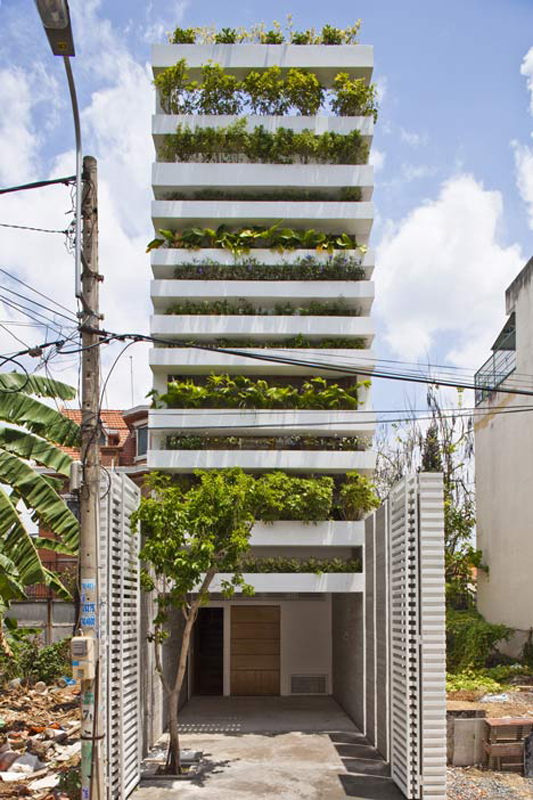
Residential building in urban areas has a potentially high environmental impact because of the combination of pollutants in a condensed area. Sustainable building is key to urban planning and many different cities have already taken steps towards this goal. Through innovation, design and conscientiousness, aesthetically pleasing green solutions to our environmental concerns can be achieved.
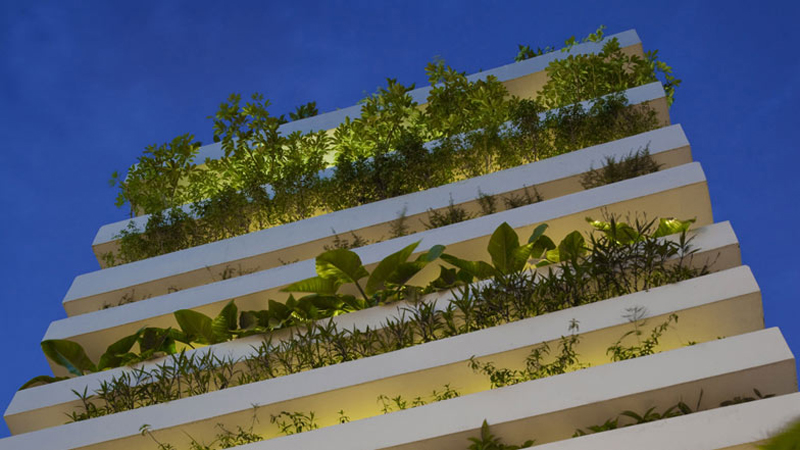
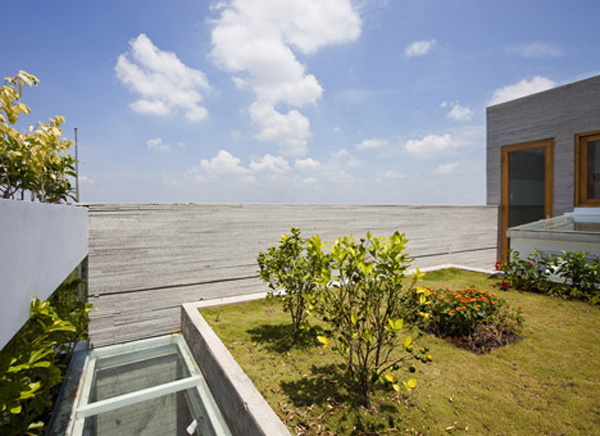
The Stacking Green House by Vo Trong Nghia Architects is a beautiful example of a green roof and facade, which reduce heat and water runoff. The house is approximately 13 feet wide and 60 feet deep, similar to how narrow houses are in Ho Chi Minh City, Vietnam. To maximize space, it is kept open with concrete planters lining the sides of the house along its windows. The lush vegetation casts beautiful shadows against the walls, reducing cooling costs and even absorbing outdoor pollutants. The house serves as an inspiration to fellow neighbors to increase the use of greenery throughout their homes as well as the city.
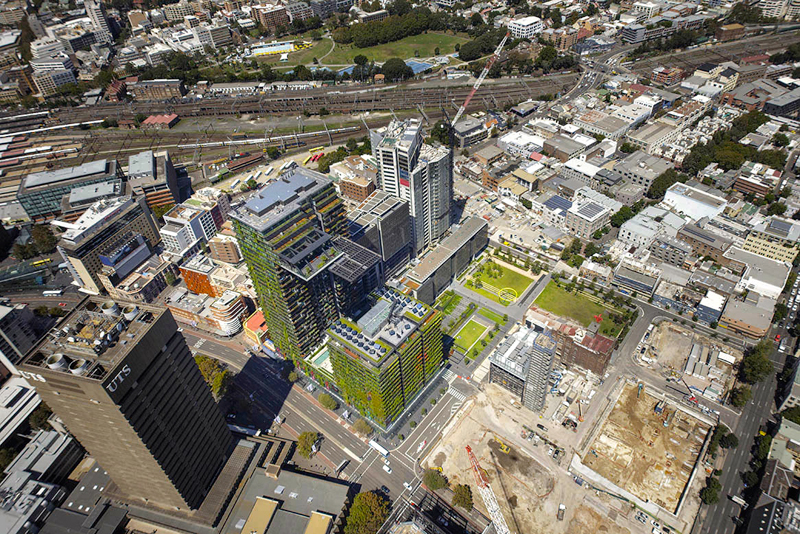
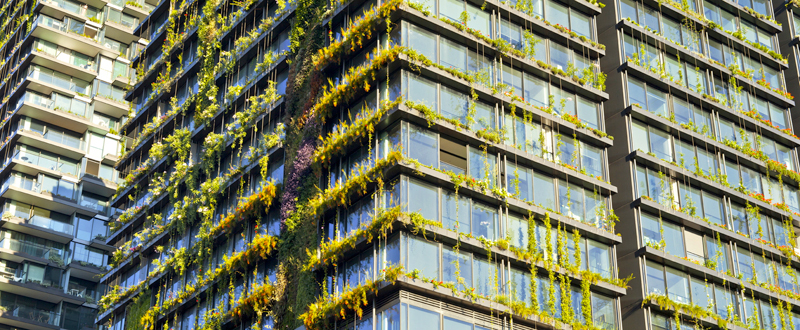
The world’s tallest vertical garden is part of a residential high-rise, One Central Park, in Sydney, Australia. Designed by architect Jean Nouvel and botanist Patrick Blanc, One Central Park is encompassed with forestry. Like the Stacking Green House, vegetation surrounds the windows. It was developed as a response to the urban heat island effect in which the lack of greenery has led to poor air quality and increased pollution. Like its predecessor, its aim is to provide an initiative for future urban architectural design, where architecture and nature beautifully coexist.
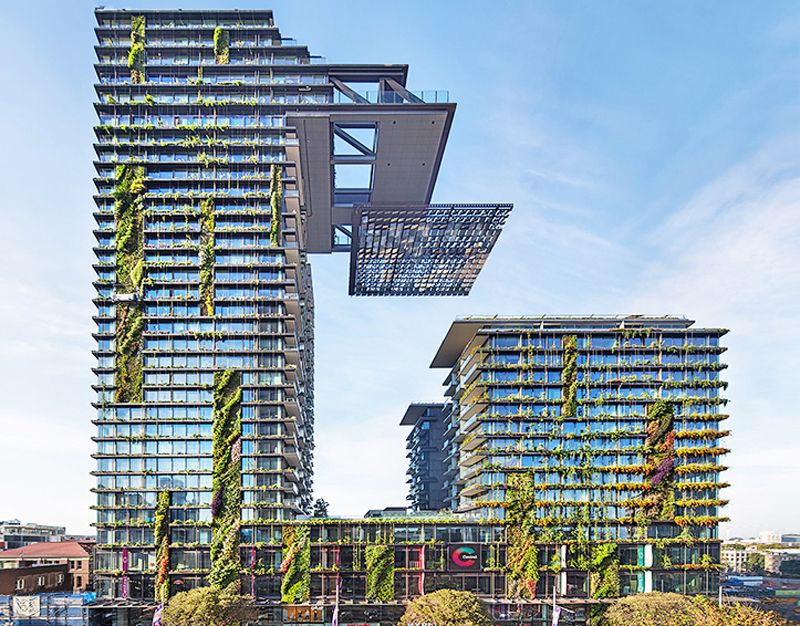
With more people living in cities than ever before, changes need to be made on future architectural designs. These buildings embrace the foliage that envelope their walls, making them unique to current residential construction. They serve as sustainable developments that reduce the footprint for not only the buildings’ inhabitants, but also the environment in which they are constructed.
